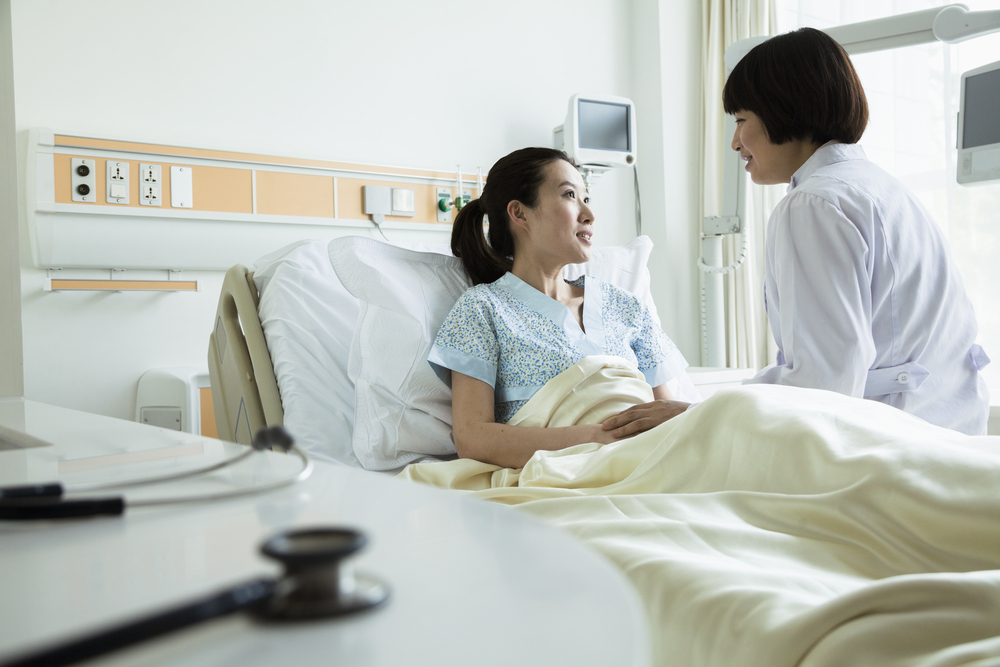Higher Risk of Pressure Sores in ALS Patients; Women, Young More Vulnerable, Study Finds

Patients with amyotrophic lateral sclerosis (ALS) are at increased risk for having pressure sores (PrS), according to a recent study. This risk is especially high for women and young patients, the findings showed.
The study “Risk of developing PrS in amyotrophic lateral sclerosis patients – a nationwide cohort study,” was published in the Journal of the European Academy of Dermatology and Venereology.
PrSs, aka pressure ulcers, are injuries to the skin and underlying tissue that result from prolonged pressure. Among the factors involved in PrS formation are loss of tissue stiffness and impaired blood flow in tiny blood vessels (capillaries).
Risk factors for cardiovascular disease, such as diabetes, hypertension or ischemic heart disease, could aggravate the patients’ risk to be confined to a bed and thereby elevate skin compression.
Progressive motor disability ultimately may lead ALS patients to become bed-bound. Skin-associated complications may represent significant healthcare and financial burdens. However, research on ALS has been focused primarily on motor and respiratory impairments, the authors wrote.
Prior short studies reported no PrS formation in terminal ALS patients, but research with larger groups is still needed.
To that end, the scientists in Taiwan conducted a nationwide study using a database of the Taiwan National Health Insurance system to assess the correlation between ALS and PrS development, for a 12-year follow-up period, from Jan. 1, 2000 to Dec. 31, 2011.
Over 23 million participants are included in the database, and the investigators collected data from 514 ALS patients (323 men) and 2,056 controls.
Results revealed that patients had a greater risk for having PrS than controls, and that women with ALS, especially those older than 50, showed a much higher risk than men.
“Both less dedication in taking care of chronic patients by their male spouses and the reduction of skin thickness” after menopause could explain these results in women, the authors suggested.
The absolute incidence of PrS was higher in subjects 55 or older in both patients and control groups, while younger patients — age 20-54 — had reduced incidence of cardiovascular risk factors. However, these younger patients were at higher relative risk for PrS than older people with ALS.
“The low prevalence of the relevant PrS-associated comorbidities among the younger participants might make the effects of ALS on PrS development more significant,” the investigators said.
Results also showed that the the severity of ALS increased the risk of PrS.
“This study suggests that it is necessary to apply more effective managements for PrS prevention in the ALS patients, especially in women and the younger ones. Further explorations are necessary to verify the discoveries in the present research, the researchers wrote.






